Science can be surprising and visually-striking. In 2019, we’ve had the first photo of a black hole, bloody waterfalls, sparkling glaciers, graceful sea creatures, and incredible space phenomena. We thought we’d bring about to you the best 15 science photos of 2019. Enjoy!
1. Black Hole Jets
Two scientists from NASA’S Goddard Space Flight Center in Greenbelt, Maryland created a computer model of the charged particles that generate the twisting and rotating of the magnetic fields near a black hole. What you see below is a simulation of what is known as “collisionless relativistic plasma” near a rotating black hole.

2. The Yosemite Firefall
It looks like there’s fire falling from this waterfall, isn’t it? Well, there is no fire, nor is it anything hot. The sizzling fire poured over Yosemite’s iconic El Capitan rockface is actually a beautiful illusion that happens when the winter lights hit the melting snow at sunset. The combination of light, melting snow and sunset gives out this amazing fiery display.

3. Saturn ring moons
Saturn has three moons, Prometheus, Pandora, and Epimetheus. The thing is, compared to the planet’s rings, they’re more like specks of dust barely hanging in there. Last year, we’ve seen a couple of photos like this one which made scientists believe that these moons were actually formed from the same matter as the planet’s ring, through a strange process of amalgamation. Their colour was given by either ice volcanoes or mysterious red materials from the rings.
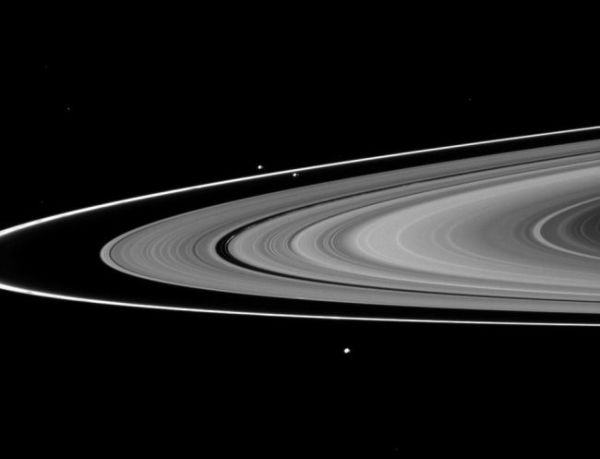
4. Baby crocodile as it hatches
Natalia Rossi is the manager of the Cuba Program for the Wildlife Conservation Society (WCS) and one of the few females in a male-dominated occupation. She wrote about her experience and this image of a baby American crocodile as it hatches from its shell in Cuba has been snapped by her. Isn’t it amazing?

5. First Image of a Black Hole
A lot of scientific skill and intrepidity went into the capturing of the first black hole image ever. In April, this picture was released and the whole world went “wow”. Although, technically, this is more like the picture of a black hole’s shadow. It is called M87 and is at the center of the Virgo A galaxy. The team spent 2 years trying to put together all the pieces.
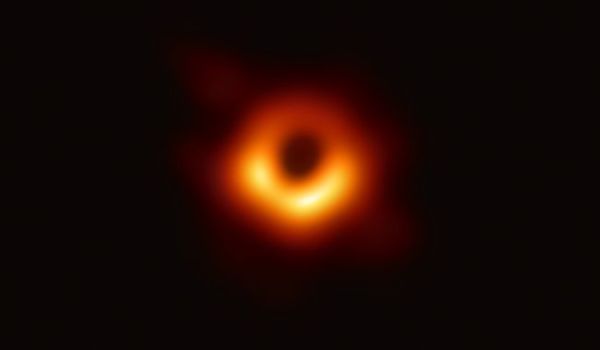
6. Solar Flare
A tiny star recorded a powerful magnetic explosion, much like a sudden “tantrum” in space. Located at about 250 light-years distance from us, this star is the coolest and smallest star to ever emit such a flare.
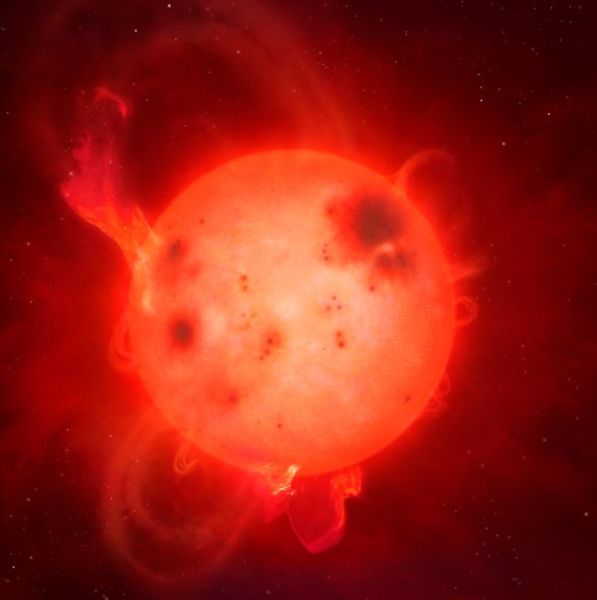
7. Face mites
Well, this is what’s living on our faces. They’re called Demodex mites and love to hide inside the pores at the bottom of our hair follicles. They devour our natural oils inside these pores and this is the first time we get to actually look upon them with our own eyes/

8. China’s Glowing Tears
These blue tears are created by the toxic bioluminescent creators living in the waters of the East China Sea and scientists are quite amazed at the growing rate of these dinoflagellates. It seems they are growing bigger and bigger every year.

9. Sparkling DNA
This is the DNA and each glowing dot inside there represents a cell. It took almost 6 years to render this photo using a revolutionary DNA microscopy method. Isn’t it beautiful? This is pretty much who we are: sparkling dots trying to find our way in the big universe.
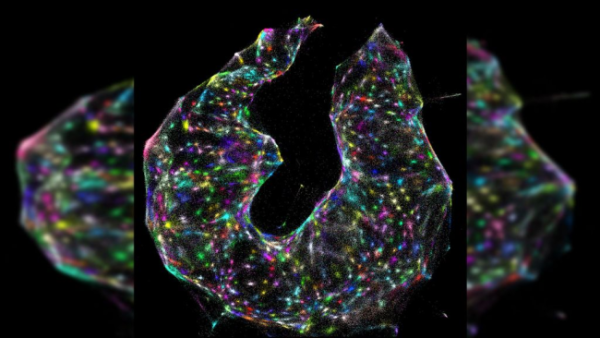
10. The Raikoke volcano eruption
This is a picture taken from the International Space Station. The Raikoke volcano blew up on June 2nd. It was the first time since 1924 and the giant mushroom-shaped cloud of ash and smoke could be seen from space and it was amazing!
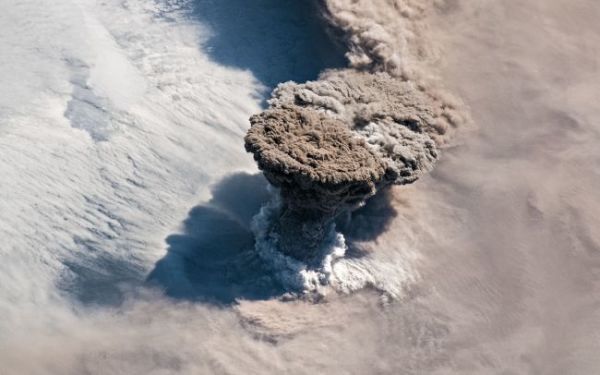
11. Radio Halo
This is the first clear radio halo ever detected by our astronomers. This particular one was surrounding a galaxy 38.8 million light-years away, called NGC 4565. Massive supernovas are actually behind these intense high-energy particles you see reflecting their radio waves around their home galaxy.
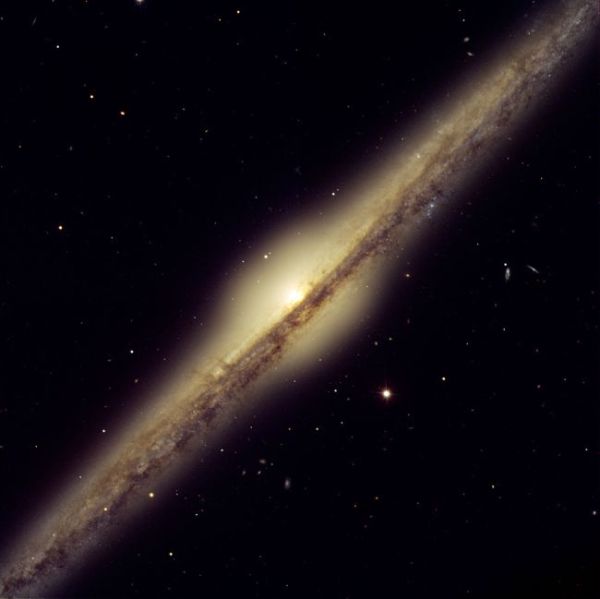
12. The baby Milky Way
This is how our galaxy looked like about 10 billion years ago, before swallowing another smaller galaxy. This amazing “baby shot” of our galaxy is the result of years of studying. The red hues you’re seeing are the original groups of stars rich in metal and the blue spots are actually remains of the older galaxy, groups of stars poor in metal, and which belonged to the smaller galaxy that was swallowed by our Milky Way.

13. Universe Hubble
This is RS Puppis, one of the brightest Cepheid stars visible in our galaxy. It is 6,000 light-years away from us and was captured by the Hubble Space Telescope last year. Its importance is crucial to our understanding of how fast the universe is actually expanding.

14. Cosmic ghost face
This image came from the Hubble Space Telescope for Halloween. Crazy coincidence, right?

15. Mars Selfie
NASA’s Curiosity Rover has spent almost three Martian years on the red planet, analyzing the air above the Gale Crater on Mars. The analysis showed strange and unstable fluctuations in the oxygen levels as the seasons change.
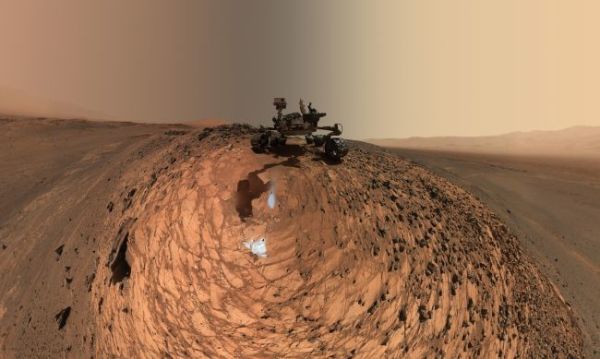
Via LiveScience
